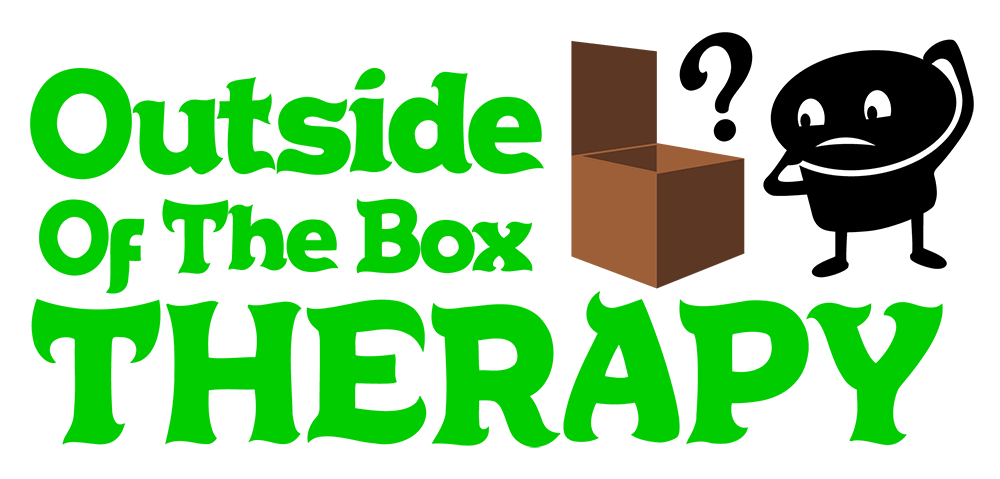EMDR
What is EMDR?
Eye Movement Desensitization and Reprocessing (EMDR) therapy is a mental health treatment approach that relies heavily on the work developed by Francine Shapiro. Dr. Shapira, in her research, discovered that our brain stores ‘normal’ and’ traumatic’ memories differently. This caused her to develop the Adaptive Information Processing (AIP) model, which is the foundation of EMDR. The goal is to help you heal from trauma or other distressing life memories and dozens of clinical trails have been completed that show how effective this technique is and it can assist people faster than many other methods. One of the benefits is that EMDR doesn’t require ‘talk therapy’, or talking in detail, about events that are distressing. Instead, it focuses on changing emotions, thoughts or behaviors that developed as a result of a distressing experience. It networks with other things you remember. This allows your brain to have a natural healing process. Trauma is like a wound that your brain hasn’t allowed to heal and, as result, your brain never processed the message that the danger is over. When you experience newer traumas they can link up with prior experiences and reinforce negative experiences over and over.
Dr. Rogers-Larke has over fifteen years practicing EMDR and has been licensed as a Licensed Professional Counselor for over 30 years. She is certified to work with EMDR with children through the Agate Institute and is a recognized Certified EMDR Therapist and EMDR Consultant through EMDRIA. Consultation focuses on the phases of EMDR and ways to focus on strengthening EMDR application.
